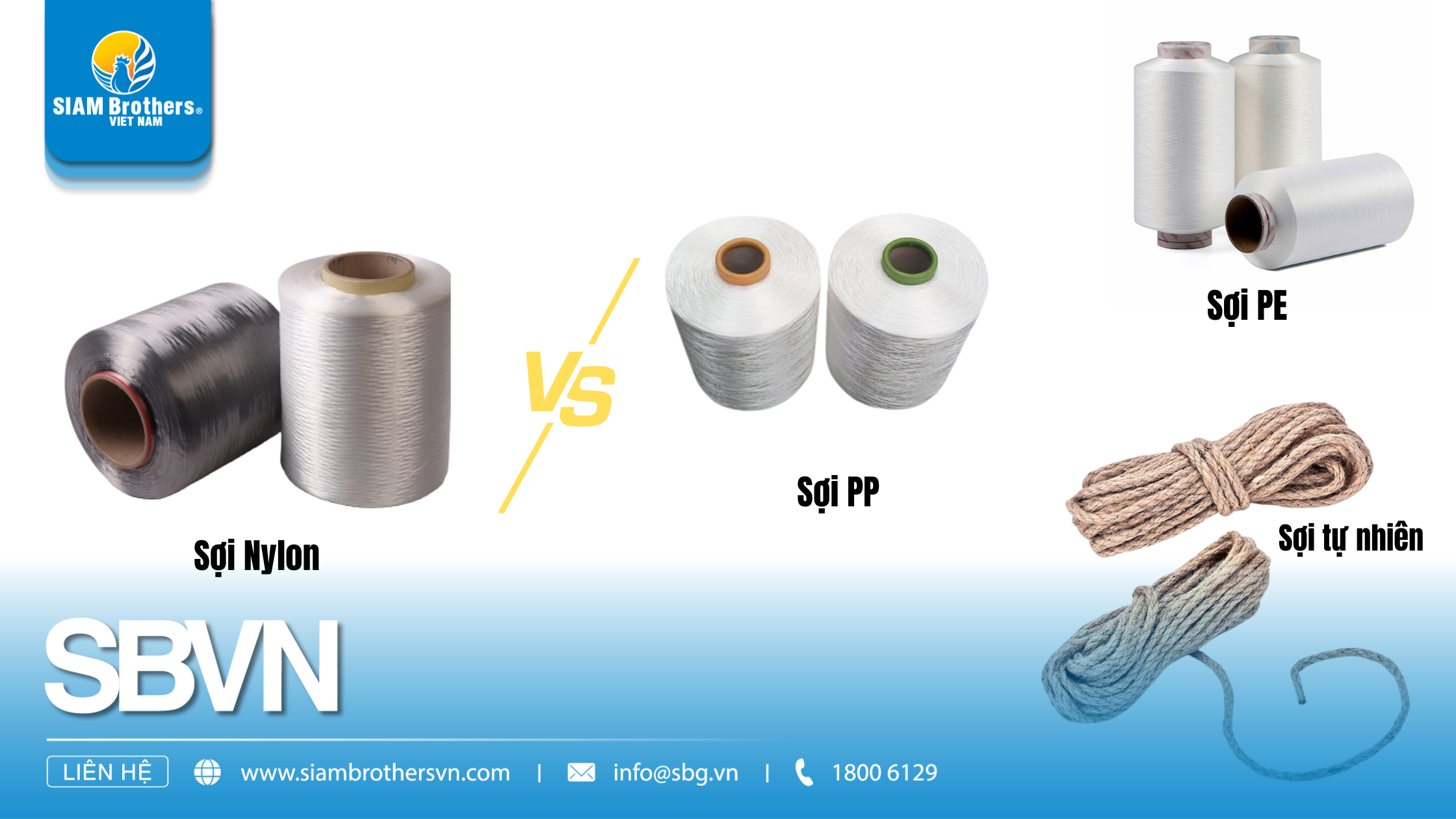In every offshore fishing trip, ropes are indispensable tools for fishermen. However, not all ropes can withstand the harsh conditions of strong waves, intense winds, or prolonged exposure to saltwater. That’s why nylon fiber—a synthetic material known for its high durability, excellent elasticity, and resistance to water damage—has become increasingly trusted by the fishing community for making nets, mooring lines, throw lines, or securing cargo.
So, what exactly is nylon fiber? What makes it superior to conventional fibers? And how can you choose the right nylon rope for fishing and agricultural use? In this article, SIAM Brothers Vietnam will walk you through the key characteristics, real-world applications, and practical usage tips of nylon fiber for your daily operations.
1. What Is Nylon Fiber?
Nylon fiber is a synthetic fiber created from polyamide—a polymer compound with long-chain molecular structures. It was the first fully synthetic fiber successfully developed by humans, marking the beginning of a new materials revolution in the 20th century.
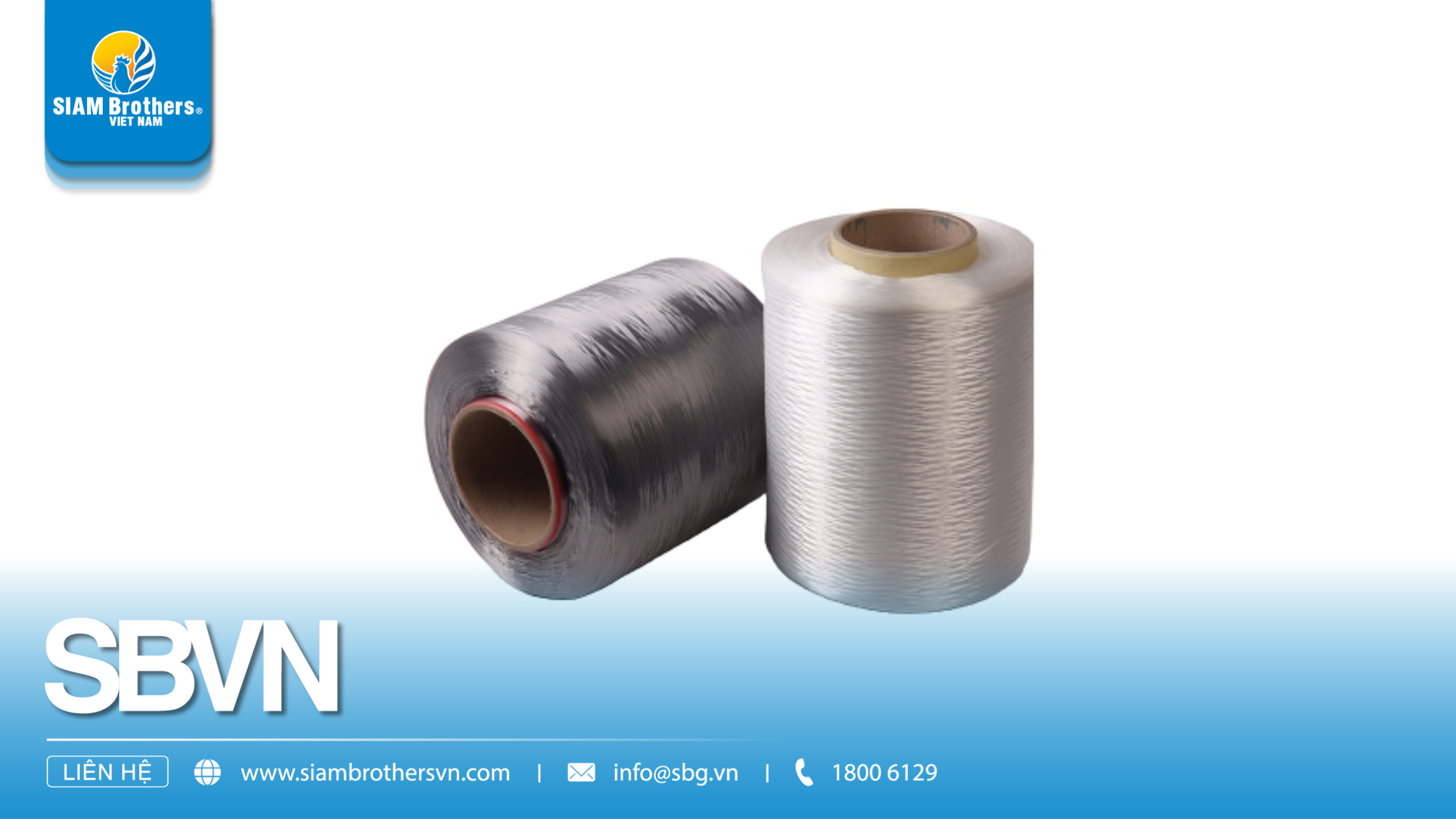
Key Structural Features of Nylon Fiber
- Synthetic origin: Unlike natural fibers such as cotton or coconut coir, nylon fiber is laboratory-made through a reaction between acid and amine compounds.
- Strong molecular structure: The tightly bonded polyamide chains give the fiber high mechanical strength and moderate elasticity under tension.
- Smooth and glossy surface: Nylon has a sleek, non-absorbent surface that resists dirt and moisture—making it ideal for humid environments like the sea or farmland.
2. Outstanding Characteristics of Nylon Fiber
If you're looking for a material that can withstand both extreme weather and salty marine environments while remaining strong over time, nylon fiber is your ideal choice.
2.1. High Mechanical Strength
- Nylon fiber provides excellent tensile, compressive, and abrasion resistance, making it suitable for heavy-duty applications such as fishing nets, mooring ropes, and cargo handling.
- Even with long-term outdoor use, nylon ropes retain their shape and strength remarkably well.
2.2. Elastic and Flexible Under Stress
- Its light elasticity allows nylon to absorb shock loads effectively, reducing the risk of sudden breakage from strong waves or vibrations.
- This feature is also beneficial for protecting equipment and goods during transport at sea.
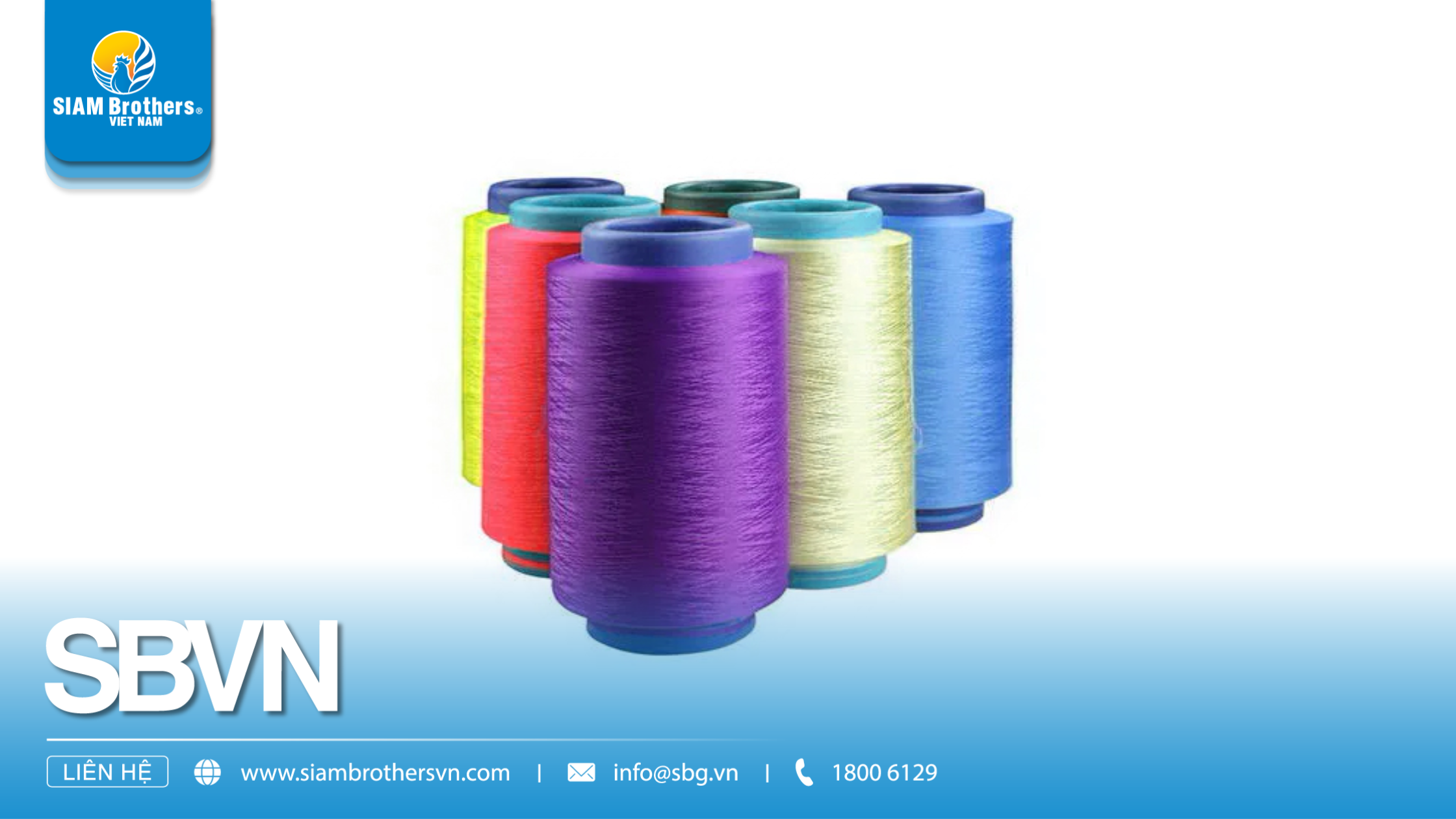
2.3. Water and Chemical Resistance
-
Unlike natural fibers, nylon fiber does not absorb moisture or rot, even when exposed to saltwater, rain, or greenhouse humidity for extended periods.
-
It also resists common oils, mild acids, and solvents—enhancing the rope’s lifespan in diverse industrial environments.
- These standout qualities have made nylon fiber the top choice for manufacturing marine ropes, agricultural ties, and multipurpose ropes at SIAM Brothers Vietnam.
2.4. Lightweight and Easy to Handle
- Despite its strength, nylon fiber is significantly lighter than traditional materials, making it easier to transport, coil, and untie when needed.
- Nylon ropes from SIAM Brothers Vietnam are highly rated for their user-friendliness and efficiency in field operations.
2.5. UV Resistant and Colorfast
- A key advantage of nylon fiber is its resistance to ultraviolet (UV) rays, which are the main cause of fiber brittleness and degradation under prolonged sunlight.
- Thanks to this property, nylon ropes can be used outdoors for long periods without premature aging—unlike many conventional alternatives.
3. Practical Applications of Nylon Fiber in Agriculture and Fisheries
It’s no coincidence that nylon fiber is often referred to as the “silent assistant” in modern agriculture and fisheries. Thanks to its outstanding durability, excellent load-bearing capacity, and high adaptability to harsh environments, nylon rope products have been trusted companions of thousands of farmers and fishermen—from coastal regions to inland deltas.
Below are some of the most common applications of nylon fiber in real-world production and harvesting:
3.1. In the Fisheries Industry
- Mooring and fishing nets: With its high tensile strength and abrasion resistance, nylon rope is an ideal material for mooring lines, trawl nets, gill nets, and towing ropes—capable of withstanding the intense force of ocean waves and the heavy weight of fish hauls.
- Securing boats and fishing equipment: Lightweight yet strong, nylon ropes make it easy to tie anchors, secure fishing gear, or moor boats efficiently and safely, even in salty and wet conditions.
- Floating buoys and gear markers: Thanks to its water resistance and buoyancy, nylon fiber is often used for tying float buoys to mark net placements or fishing equipment during extended sea trips.
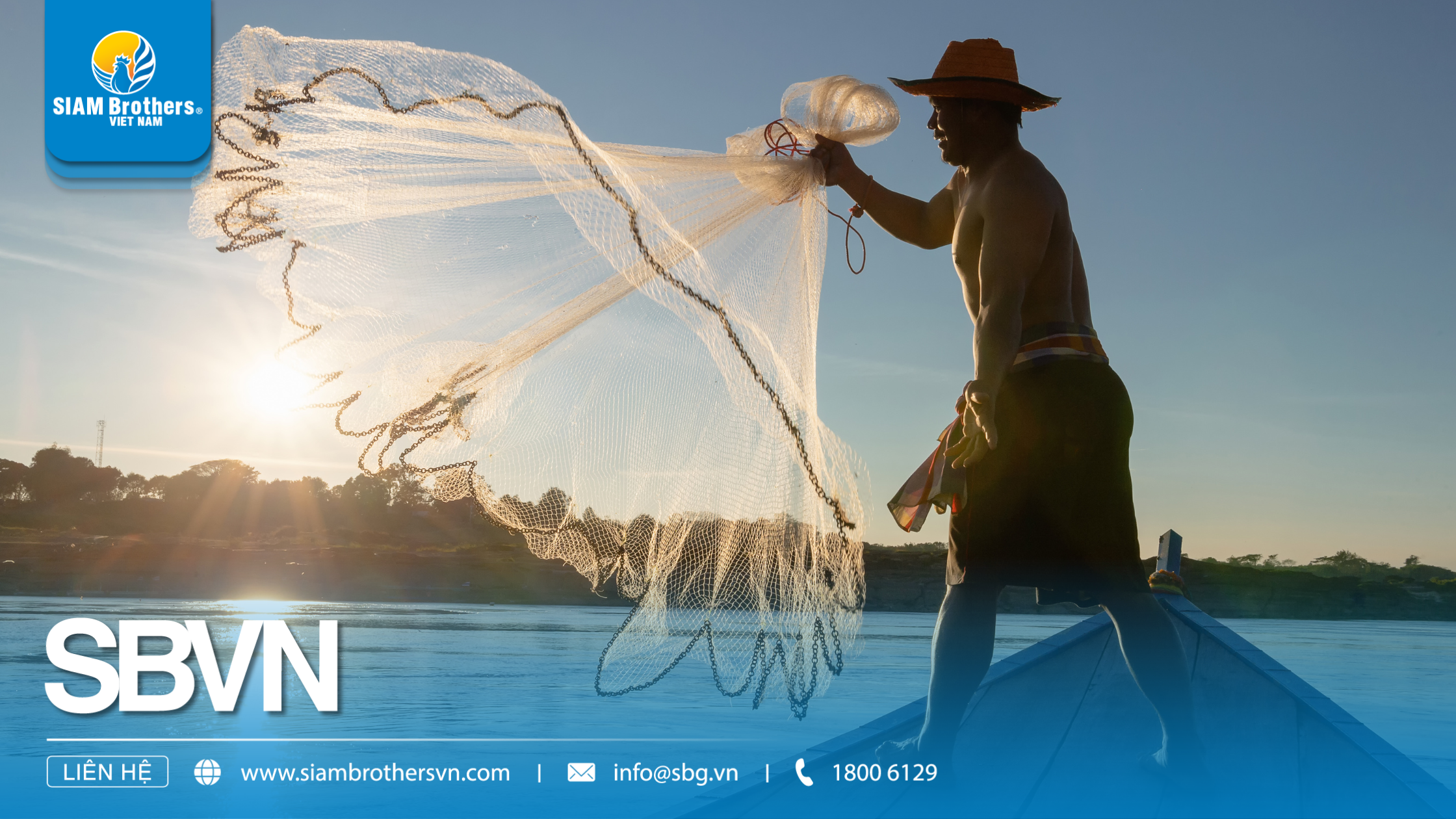
3.2. In Agricultural Production
- Trellising and netting: With its elasticity and flexibility, nylon rope is well-suited for supporting climbing plants like melons, tomatoes, and beans, or for installing insect nets and shade nets in greenhouses and open fields.
- Tying and securing crops: In fruit orchards, nylon fiber is commonly used for tying branches, bundling young plants, or temporarily fastening farming tools and materials.
- Irrigation systems: Some drip irrigation systems or overhead sprayers utilize nylon rope to suspend, stabilize, or control pulley mechanisms in watering setups.
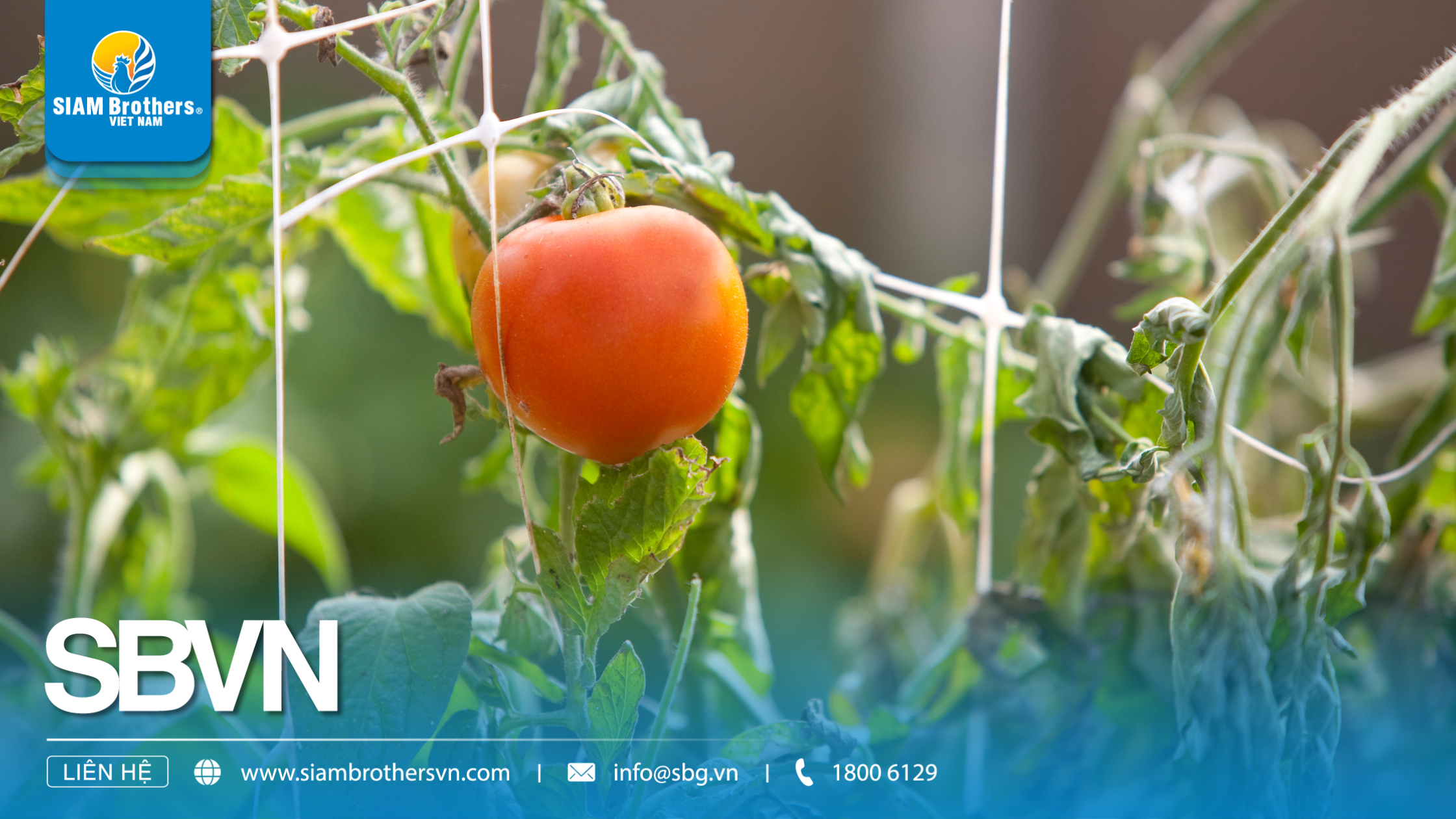
3.3. In Multipurpose and Commercial Uses
- Tying and packaging goods: Due to its load-bearing strength, nylon rope is widely used for bundling goods, tying packages, securing agricultural or seafood exports, and stabilizing cargo on trucks or boats.
- Rescue lines and heavy-duty pulling: In emergency situations, nylon fiber is a reliable choice for towing, pulling heavy objects, or rescuing stalled boats—thanks to its high tensile strength and stretchability without snapping.
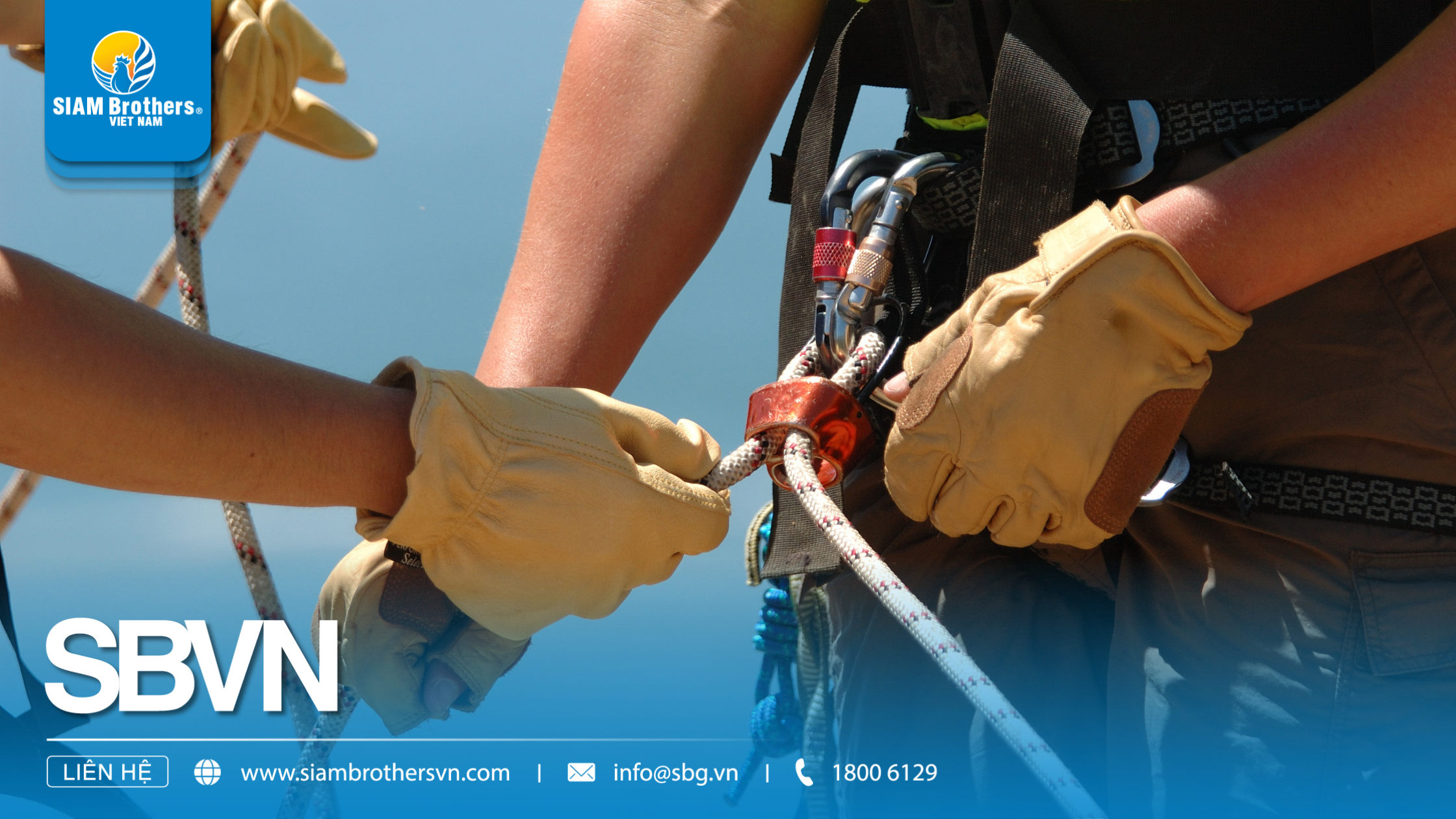
4. Comparing Nylon Fiber with Other Common Fibers in Agriculture and Fisheries
A quick comparison of popular fiber types used in agriculture and fisheries:
| Criteria |
Nylon Fiber |
Polyester Fiber |
Polypropylene (PP) |
Fiber Natural Fibers (e.g., jute, coconut) |
| Tensile Strength |
Very high – excellent for heavy-duty use in marine environments |
High – stable under dry conditions |
Moderate – lightweight but prone to breaking under tension |
Low – easily rots or breaks when wet or exposed to sun |
| Elasticity |
Good – slight stretch reduces shock under load |
Low – little to no stretch |
High – sometimes too stretchy, less stable |
Very low – lacks elasticity |
| Abrasion Resistance |
Excellent – resists wear in continuous friction environments |
Good – high resistance in dry use |
Average – can fray on rough surfaces |
Very poor – quickly wears out with friction |
| Water Resistance |
Slightly absorbent – dries quickly, maintains strength |
Waterproof – keeps stable weight |
Waterproof – floats on water |
Absorbs water – prone to rotting when soaked |
| Weight |
Moderate – easy to handle |
Medium |
Very lightweight – ideal for floating tools and buoys |
Heavy when wet – difficult to manage |
| UV/Saltwater Resistance |
Good – resists UV rays and saltwater corrosion |
Excellent – highly durable in sunlight |
Weaker – tends to fade or become brittle over time outdoors |
Very poor – degrades quickly in sunlight |
| Cost |
Efficiency Reasonable – best balance of cost and lifespan |
Higher cost than nylon |
Low cost – shorter lifespan |
Very low cost – frequent replacement required |
Conclusion: Nylon Fiber – The Ideal Balance of Durability and Cost-Effectiveness
If you're looking for a strong, reliable, and saltwater-resistant fiber, nylon fiber is your top choice for offshore fishing, mooring lines, tension cords, or agricultural trellising systems. Compared to other materials, nylon fiber offers the perfect balance between performance and investment, making it suitable for fishermen, farmers, and commercial transport operations alike.
Looking for durable and high-quality nylon rope that meets real-world demands?
Let SIAM Brothers Vietnam be your trusted partner. We are proud to be a leading manufacturer and distributor of international-standard nylon fiber, trusted in over 50 countries worldwide.
Contact us today for product consultation or visit www.siambrothersvn.com to explore our latest range of nylon fiber ropes.
Source: SIAM Brothers Vietnam
Contact us:
Address: 5th floor, VRG Building, 177 Hai Ba Trung Street., Vo Thi Sau Ward, District. 12, Ho Chi Minh City, Vietnam
Tel: (+84) 28 38 912 889
Hotline: 1800 6129
Facebook: www.facebook.com/siambrothersvn
Email: info@sbg.vn
YouTube: youtube.com/@siambrothersvietnam1728
X: x.com/sbvnjsc
OA Zalo: zalo.me/1402339229697925373
App SBVN ID:






